By definition, the master bedroom is usually the largest one in the house but there are also other elements that capture the essence of the concept. It normally includes more than just the basic amenities and it’s up to you to decide what they are.
1 | Instead of placing the headboard against the bed you can turn it into a desk

2 | Depending on your lifestyle, certain elements will take priority over others

3 | Nightstands can be eliminated from the design if you can replace them with something else
4 | A tiny table and a chair are perfect for admiring the splendid views

5 | Apart from the basics, a master bedroom can also include a desk or a vanity

Placing The Bed.
First things first. The bed is the main piece in the room so figuring out the best way to make it fit is important. Try as much as possible to place the headboard on the wall opposite to the bedroom’s entrance, even if that means it would be in front of a window. It’s more important to smartly assess the space than to be blinded by small inconveniences. Also, avoid a diagonal position as it takes up unnecessary room.
Choosing The Nightstands.
Once you decided on a bed and on where it will be placed, it’s time to choose the nightstands. Think of the size you want for them, what you need to store in them or keep on top and the height at which they will be placed. Usually they sit at the height of the mattress so you can comfortably reach them but you can go with a different approach for stylistic reasons. Keep in mind that nightstands are a great way of adding color and texture to the room.
The Ceiling.
Since the bedroom is the place where you will be frequently looking at the ceiling, you might as well make it look interesting. You can opt for exposed beams for a more rustic or casual look, planks, an eye-catching trim or you can simply paint the ceiling an attractive color. In this case, the walls should remain neutral.
6 | The accent wall in a bedroom is usually the one with the headboard
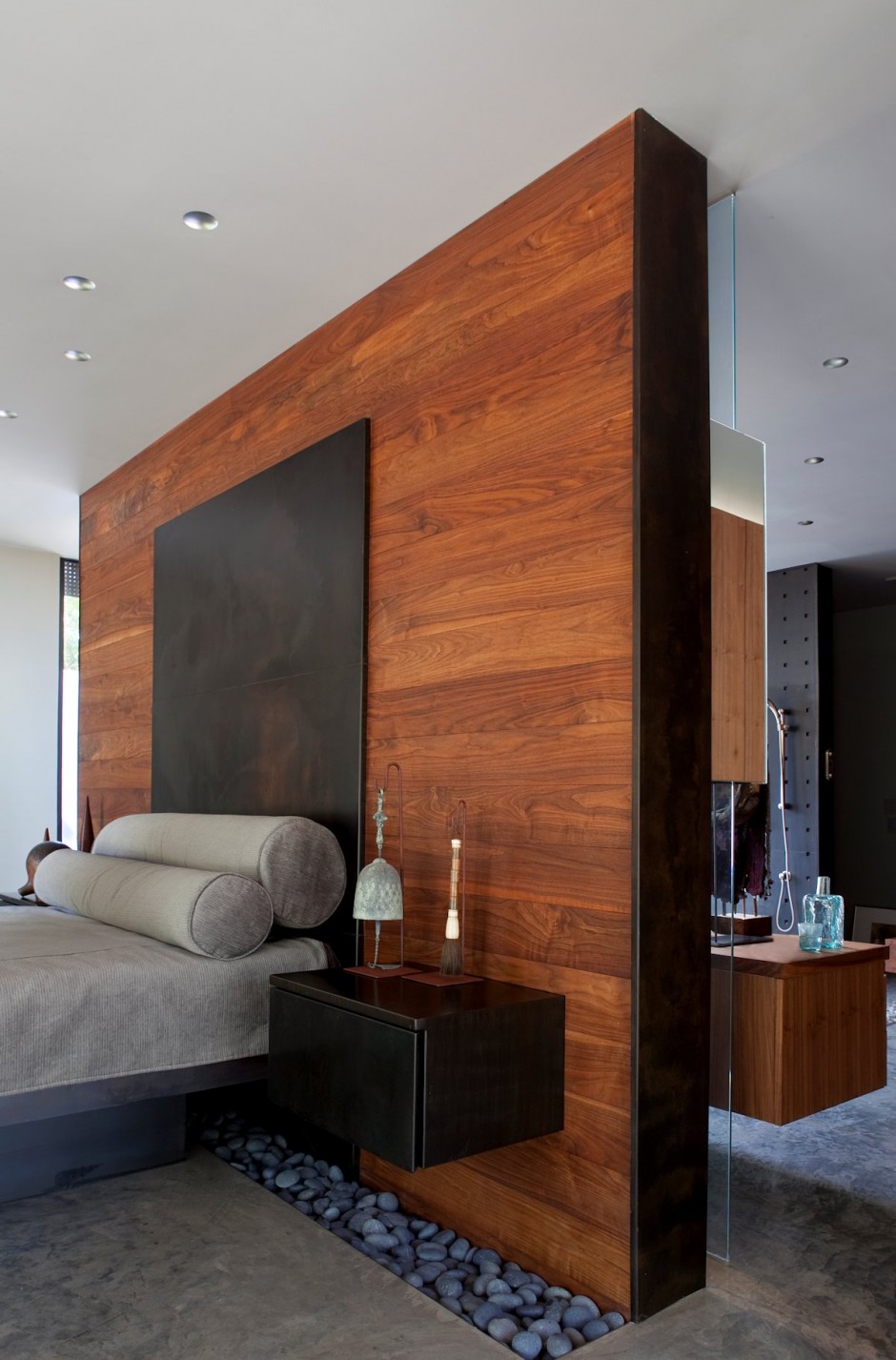
7 | In case of a balcony or terrace, provide easy access to these areas

8 | In a bedroom suite, the barriers between the two spaces are often flexible

9 | If possible, make the sitting area a separate zone

10 | A bedside bench is an accent element that adds comfort to the room

11 | Although some like to keep the TV and PC out of the bedroom, it’s not compulsory

12 | Come up with an interesting design for the ceiling so you can admire it every night
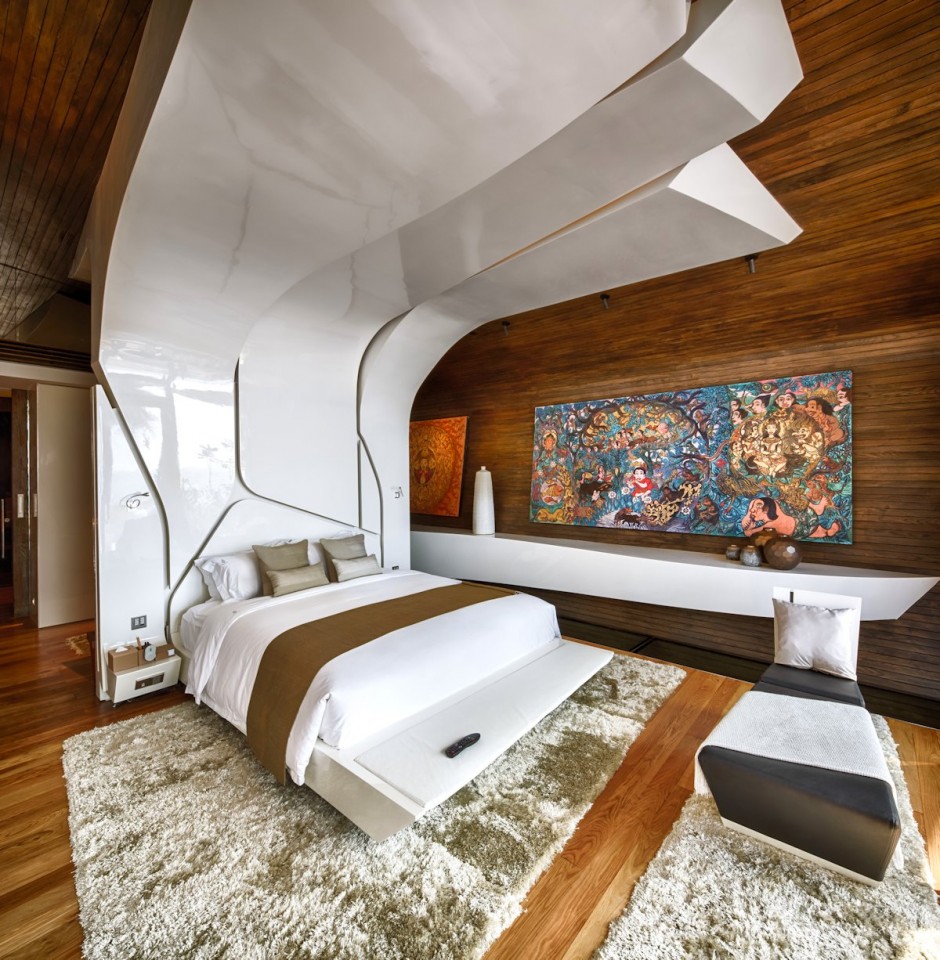
13 | A splash of color is a welcomed addition as long as it’s not overwhelming

14 | Remove the bathroom walls to create a more open and spacious suite

15 | You can add color and texture to the room with artwork

16 | Curtains can help you achieve the perfect balance in the room

Lighting Options.
You won’t be spending much time in the bedroom during the day so artificial lighting takes priority in this room. Chandeliers are a nice option as they can add a glamorous look to the room but there are also plenty of other options such as sconces, table lamps, cove lighting and, of course, candles for a romantic touch. Pay special attention to task lighting and keep in mind that the light needs to be warm and subtle but not lacking.
Sitting Areas.
It’s common for master bedrooms to also include a sitting area. It doesn’t need to be big. A small table and a chair work just fine. This can serve as a quiet area where you can read, contemplate, write, etc. most often, it’s the corner of the room. You can be creative and decorate it any way you want, perhaps with a hanging chair or a tree bookshelf.
17 | Place the TV at a comfortable height in front of the bed

18 | A fireplace will make the room feel extra warm and cozy all year long

19 | You can turn the fireplace wall into the focal point of the room

20 | Take advantage of the views as much as possible

21 | Pay special attention to task lighting. Bedside table lamps are a popular feature
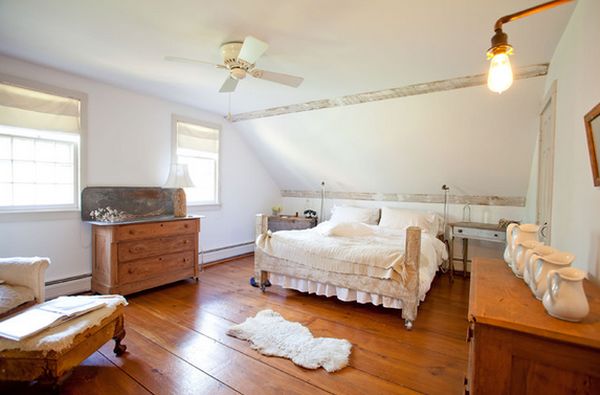
22 | Exposed beams can be rustic but also modern, depending on the design

23 | Choose colors that are calming and relaxing. Blue is a very nice option

24 | An oversized headboard with sconces can be a statement piece for the room

25 | In a spacious bedroom, you can organize a sitting area, like a mini living space

26 | Build a cozy window nook where you can read, relax and meditate

27 | The bench at the foot of the bed can be part of the sitting area

28 | A chandelier adds class and elegance to a bedroom regardless of the style

29 | Other elements in the bedroom can include a writing desk, a fireplace and even a sofa

30 | If you opt for a reading nook, place it close to the windows if possible

31 | Design the sitting in any way you want and as large as you prefer

32 | Cove lighting is a great option for the bedroom as it’s subtle and relaxing

33 | Use texture and pattern to give the room a balanced look
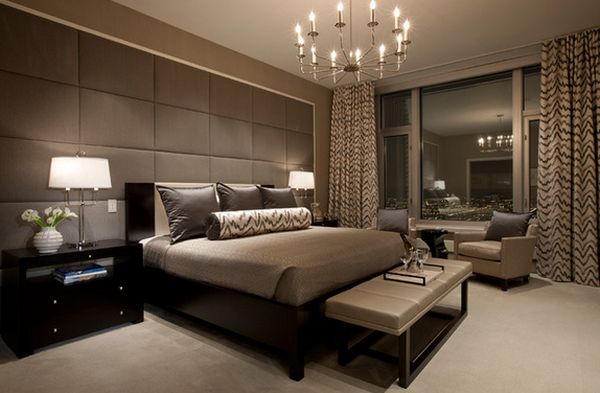
34 | A common combination is the TV above the fireplace
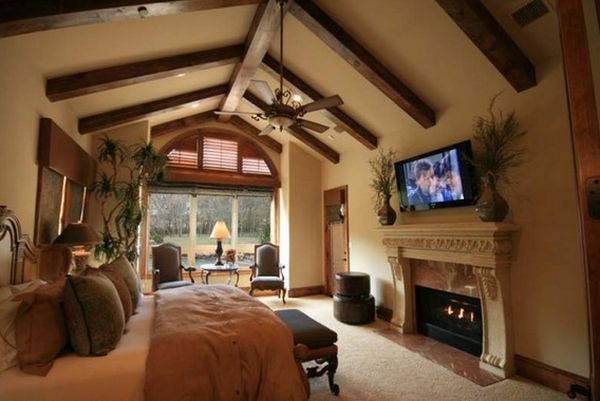
35 | Use curtains and drapes to control the amount of natural light in the room

36 | When choosing the furniture for the room, try to maintain the same style

37 | A canopy bed without the curtains is just as charming but less bohemian

38 | Use natural materials such as stone and wood for a more relaxing ambiance
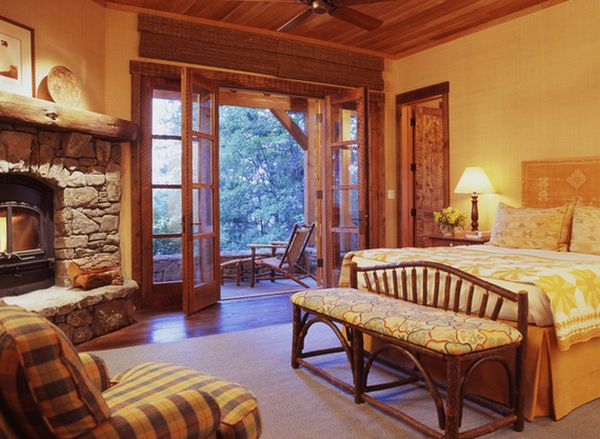
39 | Artificial lighting prevails although natural light should also be present

40 | The room will feel more spacious if you use bright colors

41 | A bedroom can be colorful without necessarily using bold shades

42 | Add your own twist to the design by mixing styles and repurposing objects

43 | Coordinate the accent pieces in the room using color and pattern

44 | A larger sitting area will give the bedroom a more casual look

45 | Use a variety of lighting fixtures like floor lamps, table lamps and ceiling lights

46 | If you have a fireplace in the room, then the sitting area should be around it

47 | Mix and match to add character and personality to the room
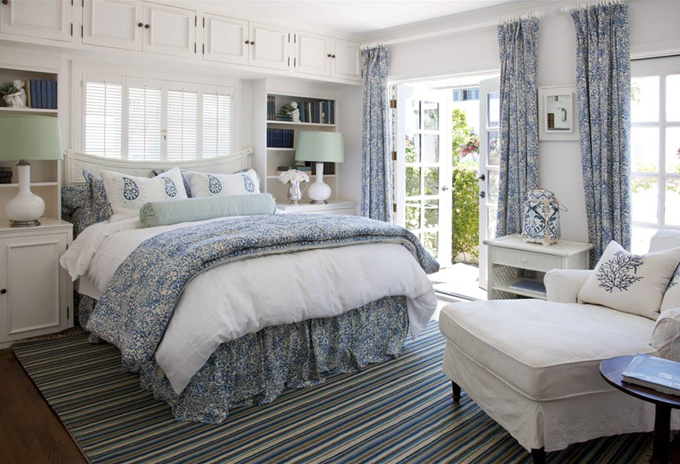
48 | Use light curtains to give the room a breezy, beach-style look

49 | High ceilings let you use suspended pendant lamps as accent pieces

50 | If the room is small, make the most of what you have but don’t overlook style
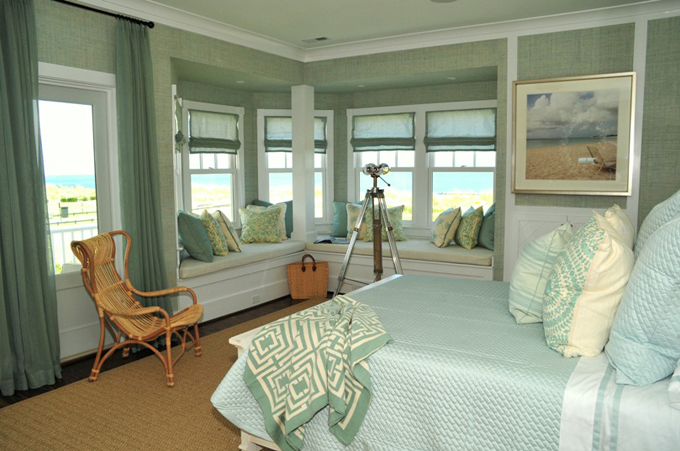
51 | There are lots of ways in which you can add color to the room

52 | Try a special treatment for the ceiling to give it an attractive and appealing look

